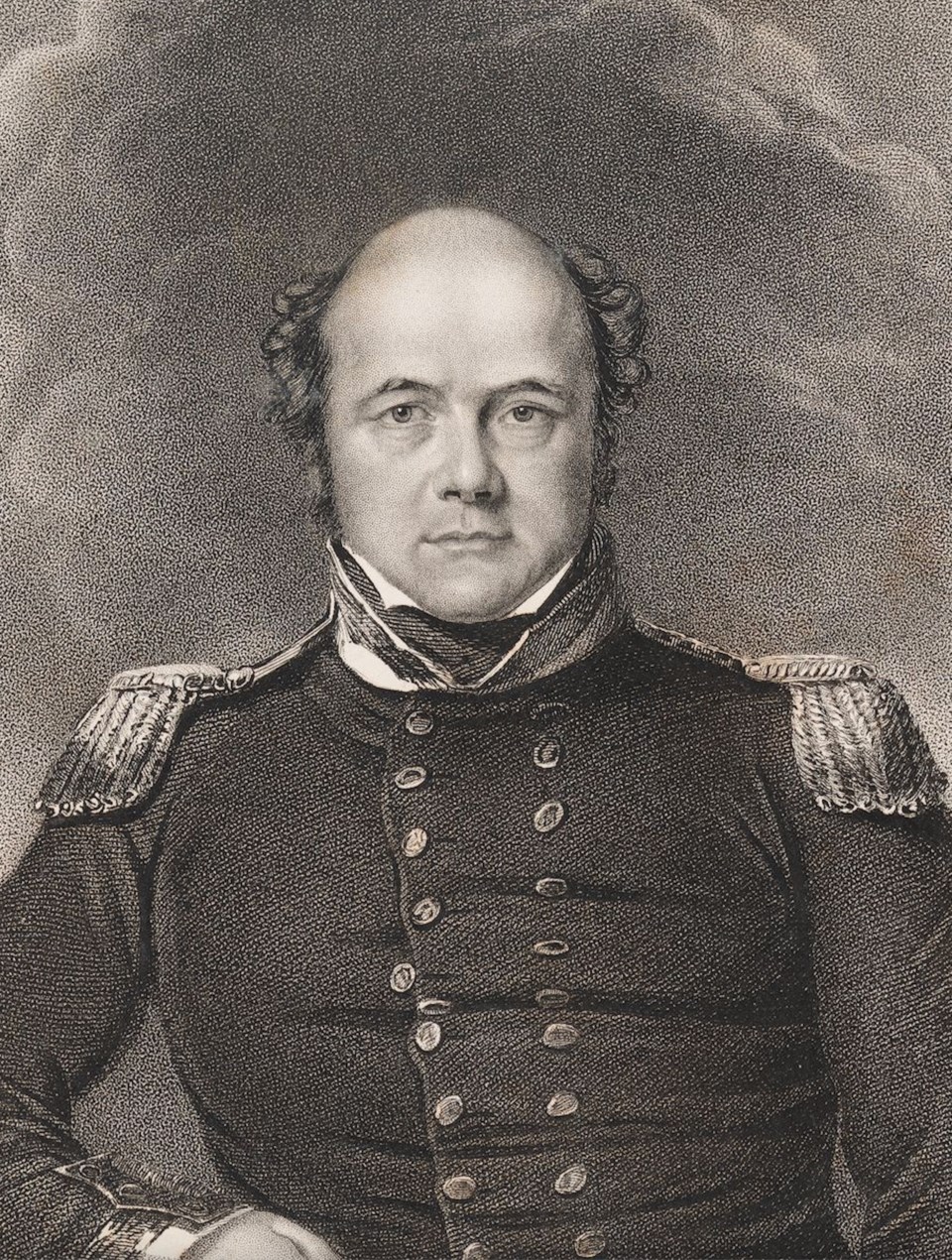Most people are familiar with Sir John Franklin, the famed explorer who disappeared in Canada’s North while searching for the famed Northwest Passage. Less well known is the role Innisfil played in Franklin’s expeditions.
Born in 1786, Franklin had entered the Royal Navy at the age of 14 and soon proved himself a natural explorer. He found his calling while serving under his cousin, Matthew Flinders, on a coastal survey of Australia in 1801-03, and was later posted as second in command of an Arctic hydrographic cruise in 1818. Franklin returned to the Arctic for his first independent command, an explorative journey into Canada’s North in 1818-21, during which his party surveyed the western shores of Hudson Bay.
By this stage, finding the near-legendary Northwest Passage to the Pacific Ocean had become something of an obsession for the ambitious sailor, and there could be no doubt he would return to Canada’s North. He did so in 1825.
The expedition jumped off from Toronto, progressing along Yonge Street to Lake Simcoe, where batteaux awaited him. The expedition entered Lake Simcoe in April 1825, only to find Kempenfelt Bay bound by ice. They camped on Big Bay Point for a few days, hoping the ice would break up. When it didn’t, Franklin decided to proceed by breaking channels in the ice with axes.
The party then traversed the Nine Mile Portage, an overland route linking Lake Simcoe to the Nottawasaga River and hence Lake Huron. David Soules, an Innisfil settler, was instrumental in getting Franklin’s boats and supplies over the portage in an expeditious fashion. Soules, who had been active in the War of 1812, building bateaux at Fort Willow at the western terminus of the Nine Mile Portage, knew the route well. But it wasn’t just Soules’s knowledge of the terrain that Franklin desired. Franklin also coveted his pair of sturdy oxen, the only draft animals for many miles around, without which pulling the heavy boats overland would have been all but impossible.
This second Arctic expedition proved to be even more successful for Franklin than the first. He and his men surveyed 1,260 miles of northwestern North America’s coastline, from the Mackenzie River to Beechey Point in Alaska. In so doing, he proved the existence of the Northwest Passage, an achievement for which he was justly knighted.
Franklin’s success only fuelled his obsession, laying the groundwork for his demise; during an attempt to navigate the Northwest Passage in 1845, he and his entire crew were lost.



